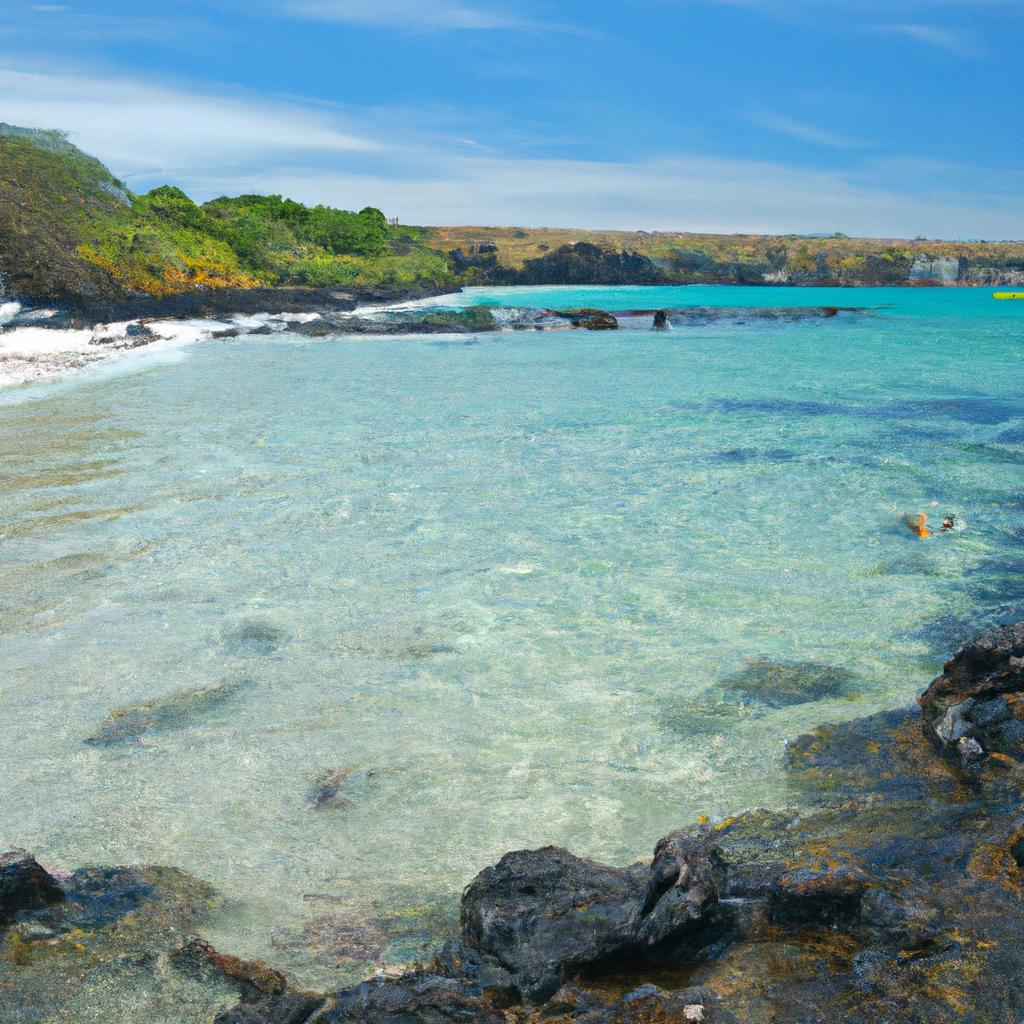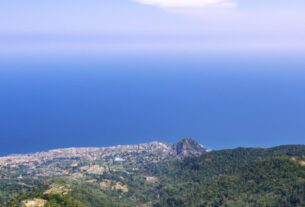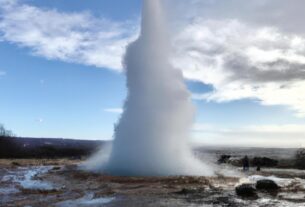If you consider yourself a nature enthusiast, the Galapagos Islands should be at the top of your travel list. These stunning archipelagos are renowned for their diverse and exceptional wildlife, with their exquisite beaches being a true highlight. Galapagos beaches not only offer breathtaking beauty but also play a crucial role in conserving the fragile ecosystems of the islands.
Exploring the Top Galapagos Beaches
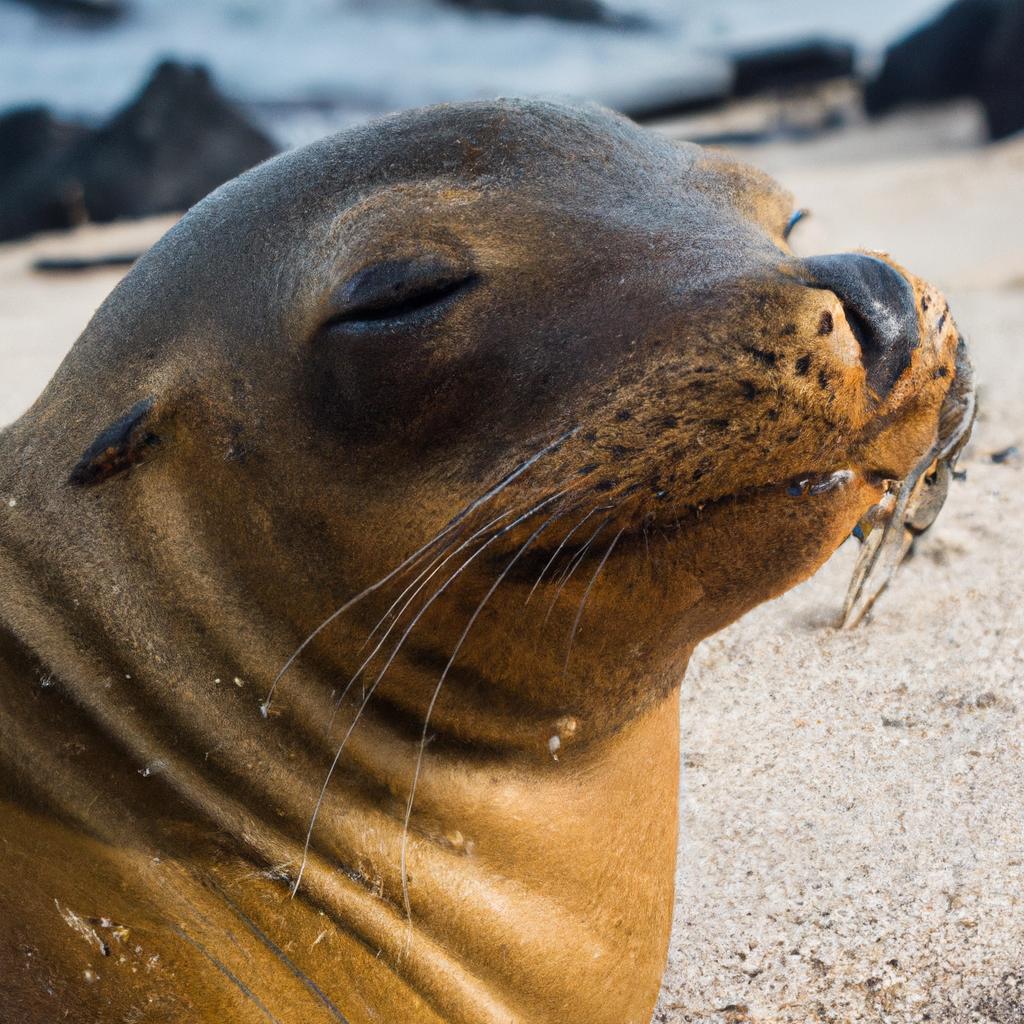
The Galapagos Islands are home to some of the most spectacular beaches worldwide. Each beach has its distinctive features and attractions, making all of them worth a visit. Here are some of the top Galapagos beaches:
Tortuga Bay
Tortuga Bay is a mesmerizing white sand beach located on Santa Cruz Island. Its crystal-clear waters make it an ideal spot for swimming and snorkeling. You can also spot marine iguanas basking in the sun on the rocks. To reach Tortuga Bay, you’ll embark on a short hike through a cactus forest, which rewards you with breathtaking views of the beach and its surrounding landscape.
Puerto Chino
Situated on the southeastern coast of San Cristobal Island, Puerto Chino is an idyllic secluded beach. Its powdery white sand and turquoise waters create the perfect setting for relaxation and sunbathing. Puerto Chino is also home to diverse wildlife, including sea lions, marine iguanas, and frigate birds. Snorkeling here offers the opportunity to observe colorful fish and sea turtles in their natural habitat.
Gardner Bay
Gardner Bay, located on the eastern coast of Espanola Island, exhibits exquisite white sand and turquoise waters. It’s an ideal spot for swimming and snorkeling. Additionally, you can witness sea lions, marine iguanas, and various bird species in their natural habitat. A short hike from the visitor center takes you through a captivating landscape of cactus and lava formations to access Gardner Bay.
These are just a few of the remarkable Galapagos beaches. Each possesses a unique experience, and the best way to explore them all is by taking a cruise around the islands.
Discovering the Wildlife of Galapagos Beaches
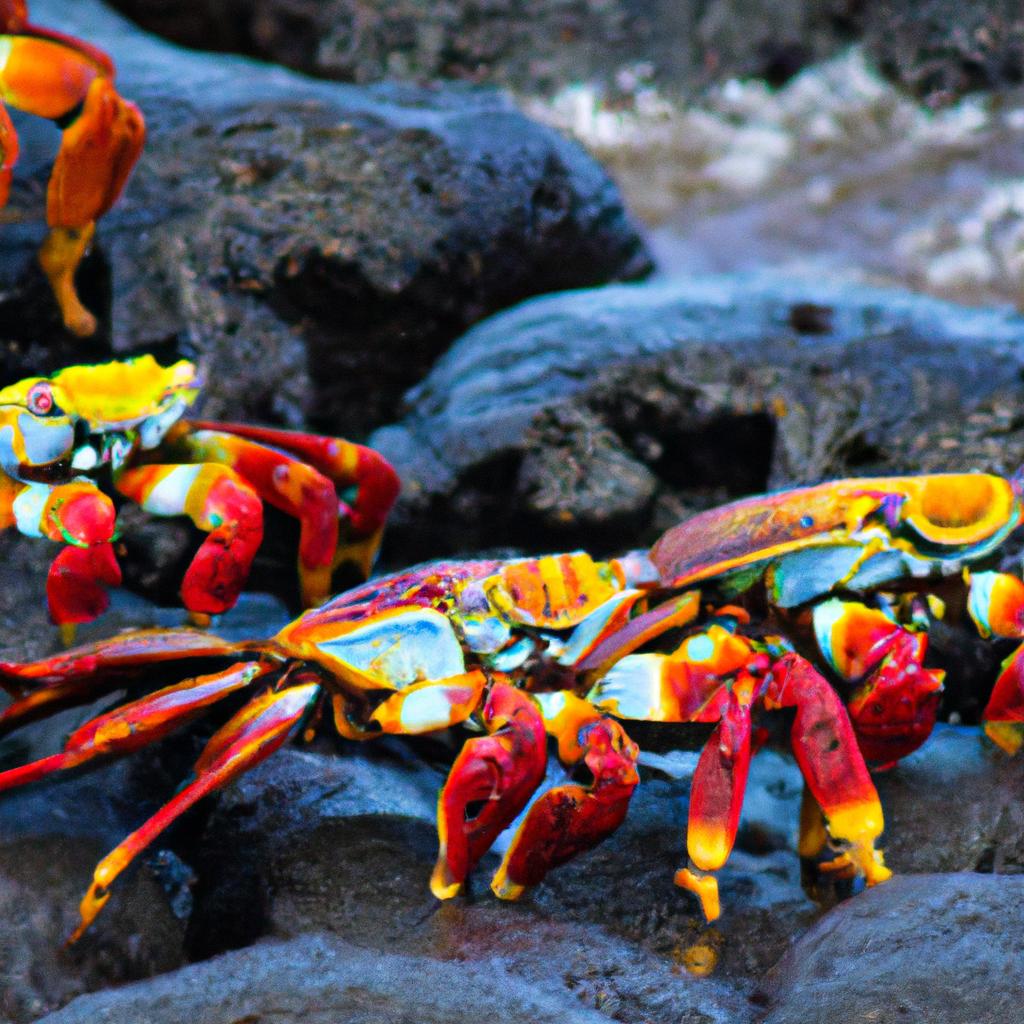
Galapagos beaches are renowned for their diverse and extraordinary wildlife. From the moment you set foot on the sand, you’ll encounter a breathtaking array of creatures that call these beaches their home. Here’s an overview of the wildlife you can expect to encounter:
An Abundance of Wildlife
One of the iconic animals you’ll encounter on Galapagos beaches is the playful sea lion. These adorable creatures can often be seen lounging on the sand or frolicking in the waves. Remember to maintain a safe distance from them, but with a bit of luck, you might get an up-close encounter.
Another species synonymous with the Galapagos Islands is the majestic giant tortoise. These gentle giants roam freely on the beaches and nearby trails. While it’s crucial to observe these animals from a distance without disturbing them, their mere presence allows you to appreciate their captivating beauty.
Other wildlife you’re likely to encounter on Galapagos beaches includes marine iguanas, blue-footed boobies, and various finch species. Furthermore, the beaches serve as vital nesting grounds for sea turtles such as the green sea turtle and the hawksbill sea turtle.
Endemic Species and Conservation Status
Many of the species residing on Galapagos beaches are endemic, meaning they can be found nowhere else on Earth. Unfortunately, several of these species are endangered due to human activities, including overfishing and pollution.
To protect these unique species, the Galapagos National Park has implemented strict conservation measures. However, visitors also have a role to play. It is essential to follow the park’s guidelines and refrain from disturbing or harming the wildlife in any way.
Responsible Wildlife Observation
Visitors to Galapagos beaches are encouraged to observe and interact with wildlife responsibly. This includes keeping a safe distance from animals, refraining from feeding them, and avoiding any actions that might disturb them. By adhering to these responsible practices, you contribute to the safety and protection of the wildlife on Galapagos beaches for many years to come.
Unforgettable Activities on Galapagos Beaches
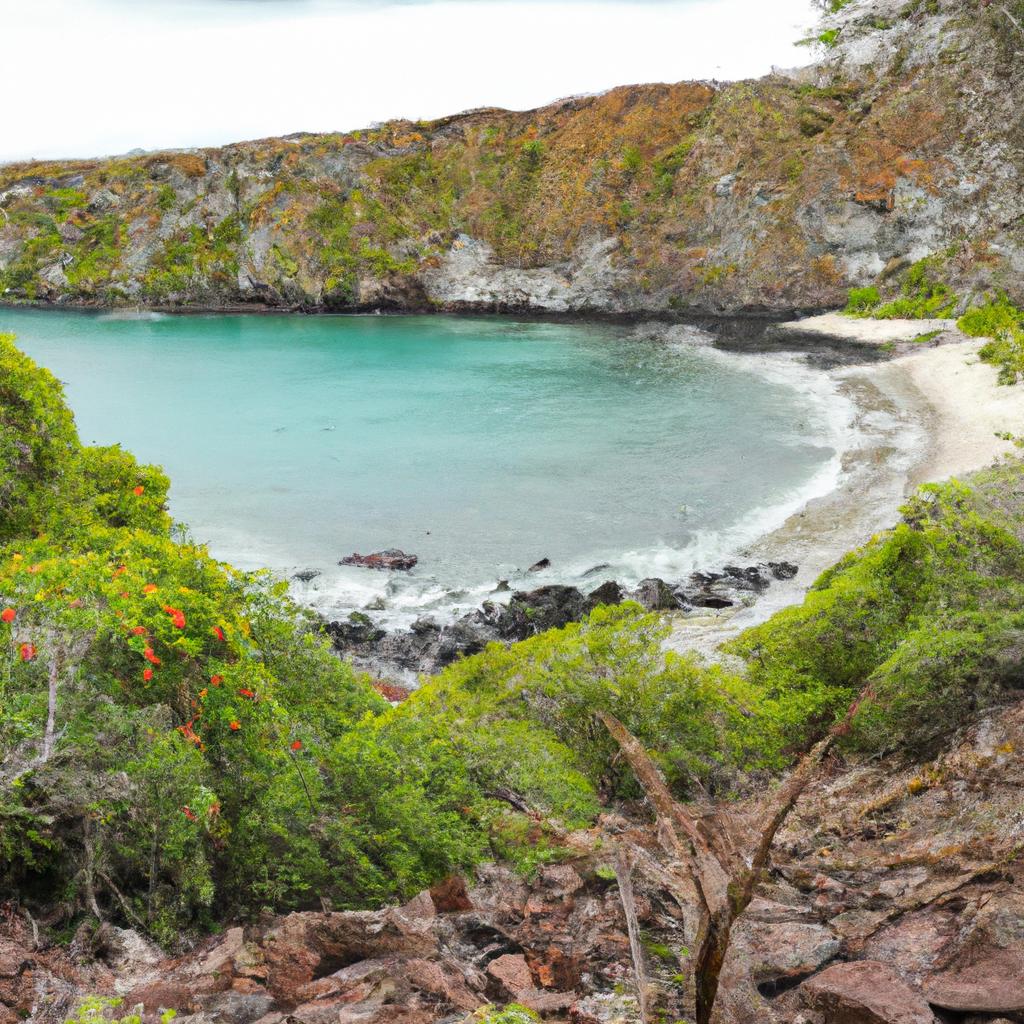
Galapagos beaches offer a plethora of activities for visitors to enjoy, ranging from sunbathing to exploring the underwater wonders. Here are some of the best activities to partake in:
Snorkeling and Diving Opportunities
With their crystal-clear waters and abundant marine life, Galapagos beaches are a haven for snorkeling and diving enthusiasts. You can witness sea turtles, rays, and an array of colorful fish species in their natural habitat. The best time to snorkel or dive in Galapagos is between December and May, when the water is warm and visibility is excellent.
Hiking and Nature Walks
Galapagos beaches offer more than just marine life. They also present unique opportunities for hiking and nature walks. Guided hikes allow you to explore the islands’ distinct flora and fauna, including giant tortoises, marine iguanas, and blue-footed boobies. Popular hiking destinations include Tortuga Bay, Las Grietas, and Sierra Negra Volcano.
Beachside Relaxation and Picnicking
Sometimes, the best activity is doing nothing at all. Galapagos beaches provide the perfect backdrop for unwinding, relaxing, and soaking up the sun. Pack a picnic and savor a meal with a stunning view. Some beaches even offer amenities such as volleyball courts and beach chairs to enhance your beachside experience.
In conclusion, Galapagos beaches offer a myriad of activities for visitors to partake in, ranging from exploring marine life to hiking and nature walks, and simply enjoying the beach ambiance. With so much to do, you’ll never run out of captivating experiences in this natural paradise.
Conservation Efforts for Galapagos Beaches
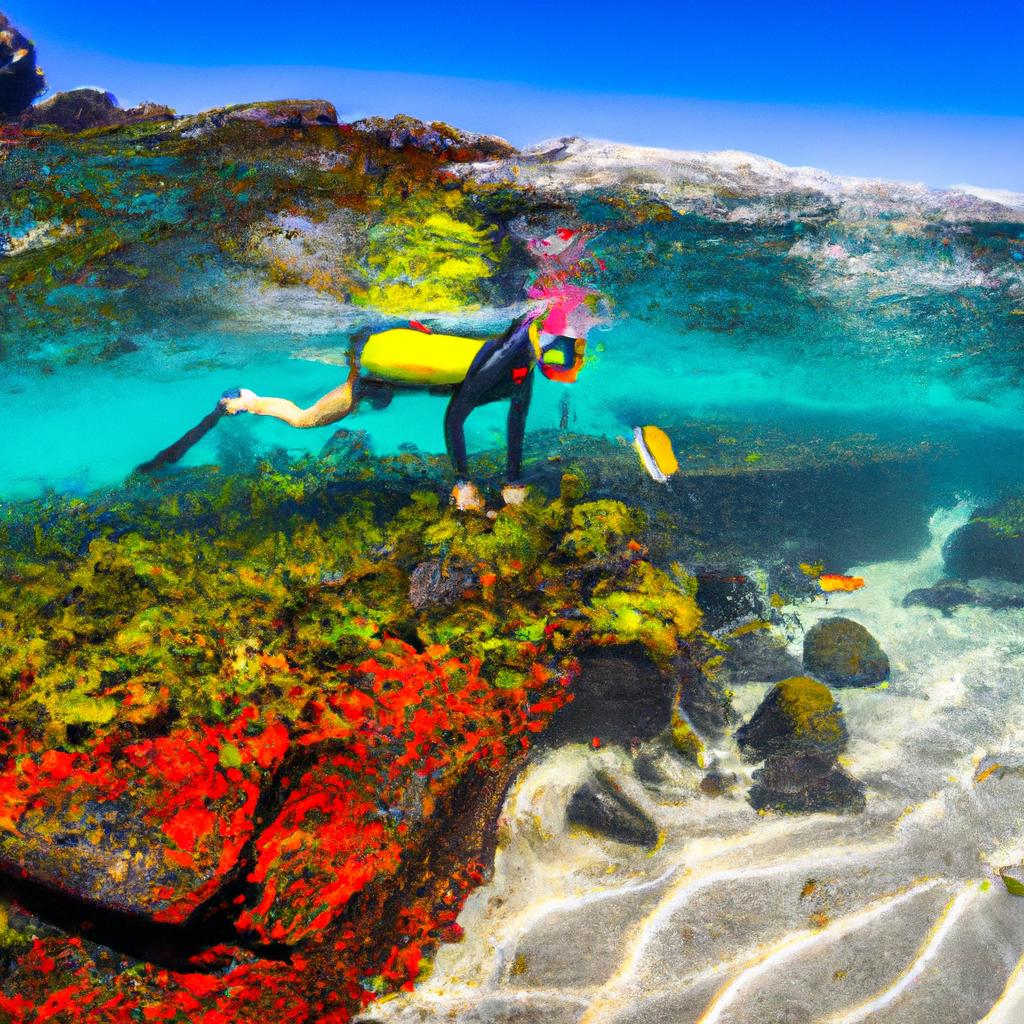
The Importance of Conserving Galapagos Beaches and Their Ecosystems
Galapagos beaches are not just stunning; they are incredibly vital for the survival of the islands’ unique ecosystems. These beaches serve as crucial nesting sites for sea turtles, iguanas, and seabirds, while their ecosystems support a diverse range of marine life, including sharks, rays, and reef fish. Also, the beaches themselves play a vital role in stabilizing the fragile ecosystem of the islands.
However, the escalating number of tourists visiting the islands, coupled with other human activities such as fishing and pollution, pose significant risks to these ecosystems. Conservation efforts are essential to ensure the preservation of the beaches and their ecosystems for future generations.
Overview of Conservation Efforts in Place
The Galapagos National Park, in collaboration with various organizations, has instituted several conservation initiatives to protect the islands’ beaches and ecosystems. These efforts include:
- Monitoring and controlling the number of visitors allowed on the beaches at any given time.
- Enforcing stringent regulations on fishing and other activities that could harm the beaches’ ecosystems.
- Conducting research and monitoring programs to enhance understanding of the beaches’ ecosystems and the threats they face.
- Implementing conservation education programs for both tourists and locals to raise awareness and garner support for conservation efforts.
These efforts have proven successful in safeguarding the beaches and their ecosystems. However, continuous work is necessary.
How Visitors Can Support Conservation Efforts
As a visitor to the Galapagos Islands, you play a vital role in supporting conservation efforts for the beaches and their ecosystems. Here are a few ways you can contribute:
- Adhere to the rules and regulations set by the Galapagos National Park and other organizations.
- Choose eco-friendly tourism operators that prioritize conservation efforts.
- Support local conservation organizations through donations or volunteer work.
- Educate yourself and others about the importance of conservation efforts and how to minimize your impact on the environment.
By supporting conservation efforts, you not only help protect the unique ecosystems of Galapagos beaches, but also ensure that future generations can continue to marvel at the natural wonders these islands hold.
Final Thoughts
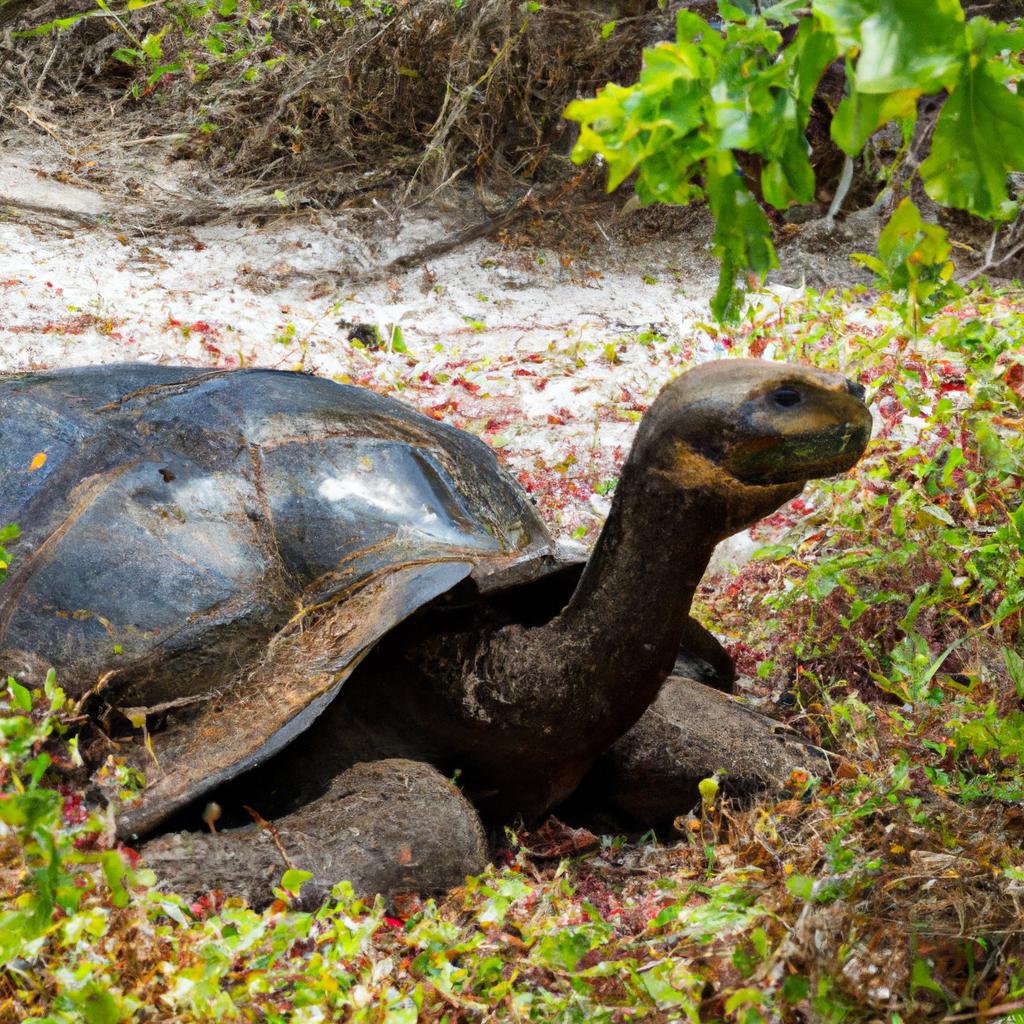
In conclusion, Galapagos beaches are a paradise that nature lovers should not miss. Their beauty, biodiversity, and conservation efforts make them an unparalleled destination. From swimming with sea turtles to sunbathing alongside sea lions, the experiences you’ll encounter on these beaches are truly unforgettable.
However, it’s essential to remember that responsible travel is paramount. The Galapagos Islands are a delicate ecosystem, and it is our responsibility to protect them. By visiting these beaches, you actively support conservation efforts and help preserve the islands for future generations.
At TooLacks, we are committed to promoting sustainable tourism and responsible travel. We firmly believe that travel should be an enriching experience that benefits both travelers and destinations. That is why we encourage all of our readers to visit Galapagos beaches responsibly and support conservation efforts in the area.
So, if you’re planning a trip to the Galapagos Islands, be sure to include ample time to explore the beaches. But always remember to do so with a sense of responsibility and respect for the local environment. Together, we can ensure that this natural wonder remains intact for generations to come.
